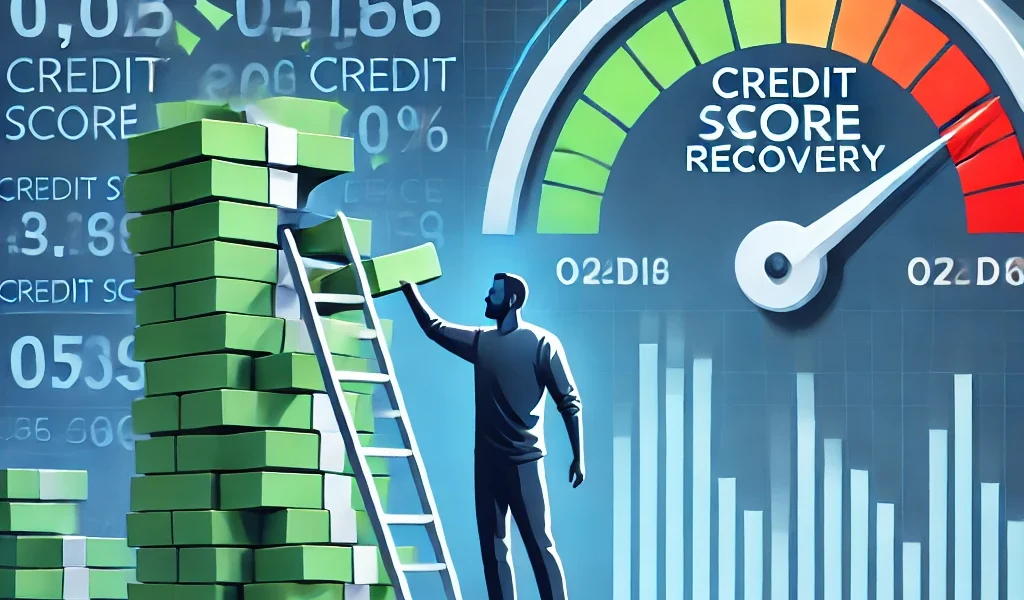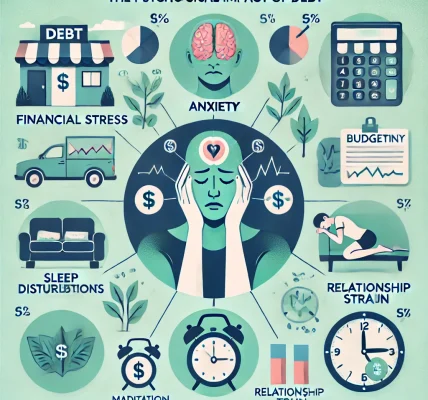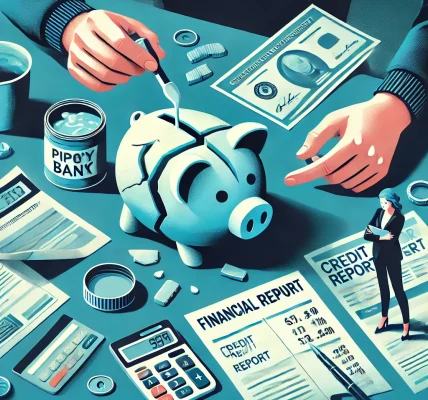Bankruptcy is often seen as a financial last resort, offering individuals and businesses a way to eliminate or restructure debt. However, while bankruptcy can provide relief from overwhelming financial burdens, it has significant consequences—particularly on your credit score. Understanding how bankruptcy impacts your credit and how to recover from it is essential for regaining financial stability.
In this guide, we’ll break down the effects of bankruptcy on your credit, what to expect in the short and long term, and effective strategies for rebuilding your credit after bankruptcy.
Understanding Bankruptcy and Its Types
Bankruptcy is a legal process that helps individuals or businesses eliminate or repay their debts under the protection of the court. In the U.S., the two most common types of bankruptcy for individuals are:
1. Chapter 7 Bankruptcy (Liquidation)
- Also known as “straight bankruptcy” or “liquidation bankruptcy”.
- Certain assets may be sold to repay creditors.
- Most unsecured debts, like credit card debt and medical bills, are discharged.
- Typically stays on your credit report for 10 years from the filing date.
2. Chapter 13 Bankruptcy (Repayment Plan)
- Also called “reorganization bankruptcy”.
- You must create a court-approved repayment plan to pay off debts over 3 to 5 years.
- Allows you to keep assets like your home or car while making structured payments.
- Remains on your credit report for 7 years from the filing date.
The Immediate Impact of Bankruptcy on Your Credit Score
Filing for bankruptcy has a major negative impact on your credit score, as it signals to lenders that you were unable to meet financial obligations. Here’s what happens:
- Your credit score may drop by 150 to 250 points or more, depending on your initial score.
- Bankruptcy remains on your credit report for 7 to 10 years, making it harder to qualify for new credit.
- Existing credit accounts may be closed or marked as “included in bankruptcy”.
- You may face higher interest rates on new credit or loans in the future.
Despite these consequences, bankruptcy isn’t the end of your financial journey—it’s the beginning of a rebuilding process.
How to Recover from Bankruptcy and Rebuild Your Credit
1. Review Your Credit Report and Dispute Errors
After your bankruptcy is discharged, obtain a copy of your credit report from Experian, Equifax, and TransUnion. Look for errors such as:
- Incorrect bankruptcy status.
- Debts not marked as discharged.
- Accounts showing a balance that should be zero.
Dispute any inaccuracies with the credit bureaus to ensure your report reflects the correct information.
2. Create and Stick to a Budget
Financial mismanagement often contributes to bankruptcy. To avoid future issues:
- Track your income and expenses.
- Prioritize essential expenses (housing, utilities, food).
- Allocate funds for savings and debt repayment.
3. Establish an Emergency Fund
A financial cushion can prevent future debt reliance. Start small:
- Aim for $500 to $1,000 initially, then build up to three to six months’ worth of expenses.
- Use a high-yield savings account for accessibility and growth.
4. Apply for a Secured Credit Card
Secured credit cards require a refundable security deposit and can help rebuild credit.
- Choose a card with low fees and reports to all three credit bureaus.
- Keep utilization below 30% of the credit limit.
- Pay the full balance each month to avoid interest charges.
5. Consider a Credit-Builder Loan
Credit-builder loans are designed to help those with poor credit improve their scores.
- Loan amounts are held in a savings account while you make monthly payments.
- Once paid off, the money is released to you.
- Payments are reported to credit bureaus, boosting your credit history.
6. Become an Authorized User
Ask a trusted friend or family member to add you as an authorized user on their credit card.
- Their positive payment history can help improve your credit score.
- Ensure they have good credit habits, as negative activity can impact you.
7. Pay All Bills on Time
Payment history accounts for 35% of your credit score. To rebuild your credit:
- Set up automatic payments or reminders.
- Pay at least the minimum amount due each month.
- Avoid missed payments, as they can further damage your credit.
8. Limit New Credit Applications
Every hard inquiry lowers your score slightly. To minimize negative effects:
- Apply for credit only when necessary.
- Space out applications by at least six months.
9. Monitor Your Credit Progress
Use free credit monitoring services like:
- Credit Karma
- Experian
- Capital One’s CreditWise
Regular monitoring helps track improvements and alerts you to potential fraud.
10. Seek Professional Guidance if Needed
If rebuilding seems overwhelming, consider consulting a credit counselor or a financial advisor. Non-profit organizations, like the National Foundation for Credit Counseling (NFCC), offer free or low-cost financial advice.
How Long Does It Take to Rebuild Credit After Bankruptcy?
Rebuilding credit is a gradual process, but here’s a general timeline:
- 0-6 Months: Open a secured credit card or credit-builder loan and start making on-time payments.
- 6-12 Months: Your credit score may start improving, and you might qualify for better financial products.
- 1-3 Years: With responsible financial habits, you can rebuild your credit significantly and qualify for unsecured credit cards and loans.
- 3-7 Years: Bankruptcy will have less impact on your credit as time passes, and lenders will be more willing to work with you.
- 7-10 Years: Bankruptcy drops off your credit report, fully restoring your credit standing.
Final Thoughts
Filing for bankruptcy can feel like hitting financial rock bottom, but it doesn’t have to define your future. By taking proactive steps—budgeting, using credit wisely, and paying bills on time—you can rebuild your credit and regain financial independence.




